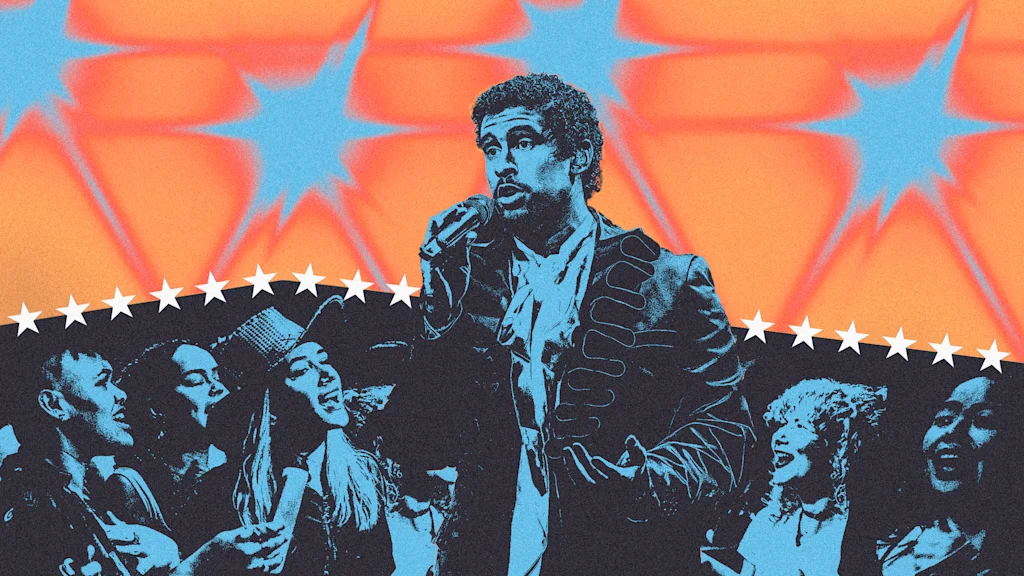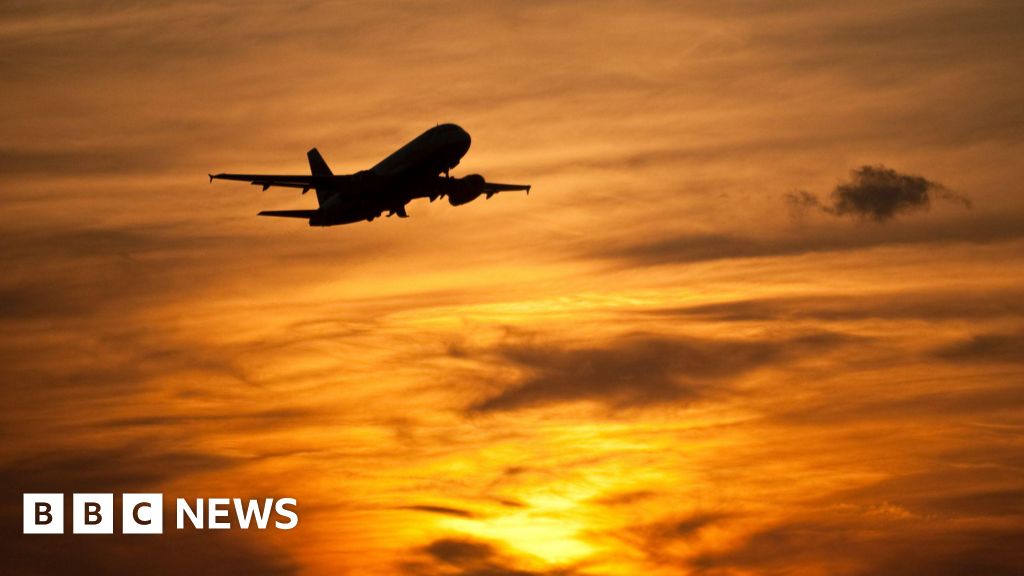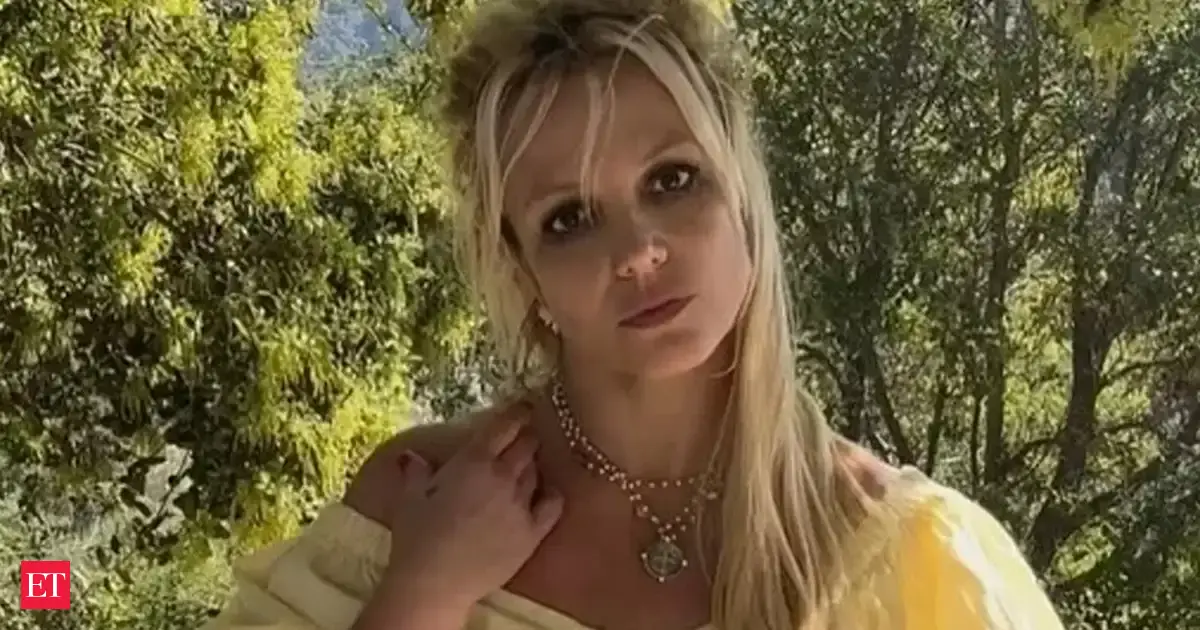
It might seem surprising, then, that one of the most mainstream businesses in existence—the National Football League—chose as the star of its Super Bowl LX halftime show Puerto Rican artist Bad Bunny, who performs mostly in Spanish and has been openly critical of President Trump. Notably, he recently declined to tour the continental U.S. out of concern over ICE deportation efforts, instead performing a 31-night residency in San Juan, Puerto Rico, that was a massive commercial success.
Certainly the MAGA commentariat behaved as if not just surprised, but triggered, and the backlash in that corner of the culture was immediate and intense. “This isn’t about music, it’s about putting a guy on stage who hates Trump and MAGA,” conservative filmmaker Robby Starbuck declared on social media. “He’s just a terrible person,” said a Newsmax host, calling for a boycott. One administration official suggested Bad Bunny is divisive and pledged “ICE will have enforcement” at the big game. “Massive Trump hater; Anti-ICE activist; No songs in English,” Benny Johnson, a right-wing podcaster, chimed in, adding: “The NFL is self-destructing.”
In reality, it’s hard to argue with Bad Bunny’s popularity, and his decidedly mainstream status. He is among the most-streamed artists of all time. The final show in his San Juan residency was livestreamed on Prime Video and Twitch, setting an Amazon Music viewership record. This weekend the Grammy winner will be host Saturday Night Live for the second time. His wide appeal—particularly among younger fans—is proven. Moreover, there was some similar conservative grousing over rapper Kendrick Lamar being chosen for the slot, and that ended up being the most-watched Super Bowl halftime show of all time, with 133.5 million viewers.
The NFL is not really in the business of being a cultural arbiter, and presumably the decision emanated more from event coproducer Roc Nation (which recently re-upped its NFL deal for the next five years) and halftime-show sponsor Apple Music. But all three entities have the same goal: creating a major cultural event that lives up to the game itself.
In the official announcement, an NFL exec praised Bad Bunny’s “unique ability to bridge genres, languages, and audiences.” That is the business the NFL is in—less a cultural critic and more of an interpreter of where the culture really is now, and is most likely to go next. And sometimes that means getting absorbed into a wider conversation. In fact, the same thing happened in the last Super Bowl, when the choice of Lamar became a cultural-debate talking point.
“All these white people mad about Kendrick Lamar’s Super Bowl performance,” one X user posted at the time, “I hope next year they get Bad Bunny performing the whole set in Spanish.”
Prescient call! But still. It would be a mistake to see this as the NFL overtly taking sides—or trolling ideological opponents—in the bickering that the Bad Bunny news sparked. Progressive observers could point to the league’s teams icing out quarterback/activist Colin Kaepernick, or lagging record on hiring diverse coaching staffs, or its track record on confronting concussions and other physical fallout from a brutal sport. The same goal has motivated the NFL through those controversies as the occasional halftime-show flareups: identifying, and courting, the widest audience possible in an otherwise fractured culture.
And its track record has been pretty good. After all the Super Bowl LIX online griping about Lamar, the actual performance received a paltry 125 complaints from viewers to the Federal Communications Commission, Wired reported, many focusing on “the lack of white performers.” Obviously that complaint was hardly a mainstream perspective. To the contrary, it was just a marginal view from a noisy fringe, quickly overtaken—and forgotten.



